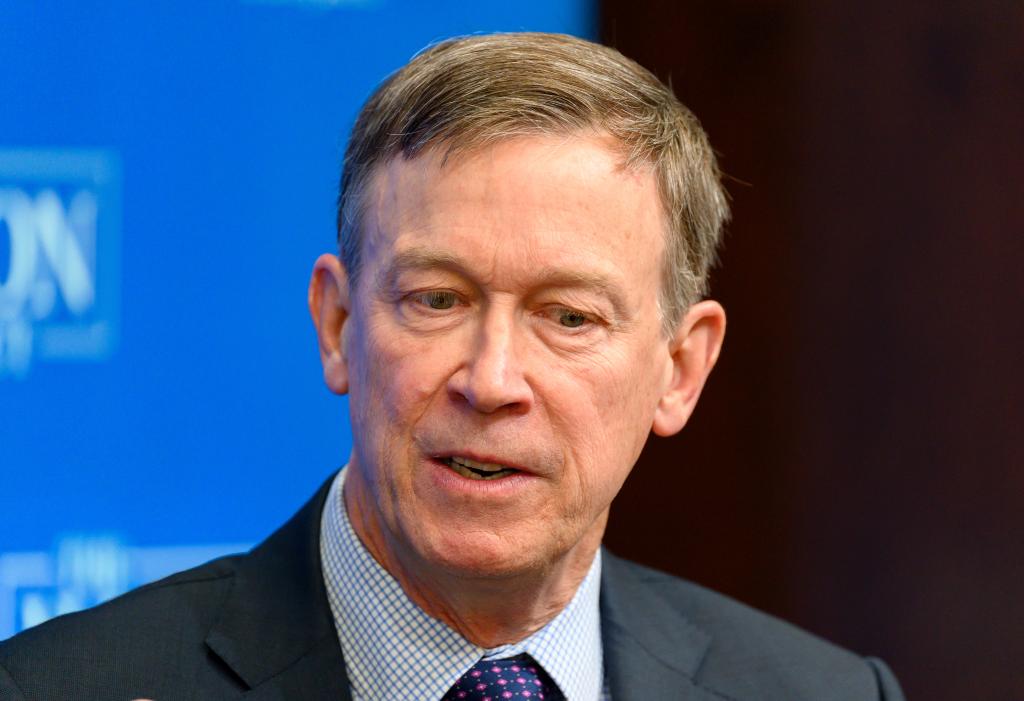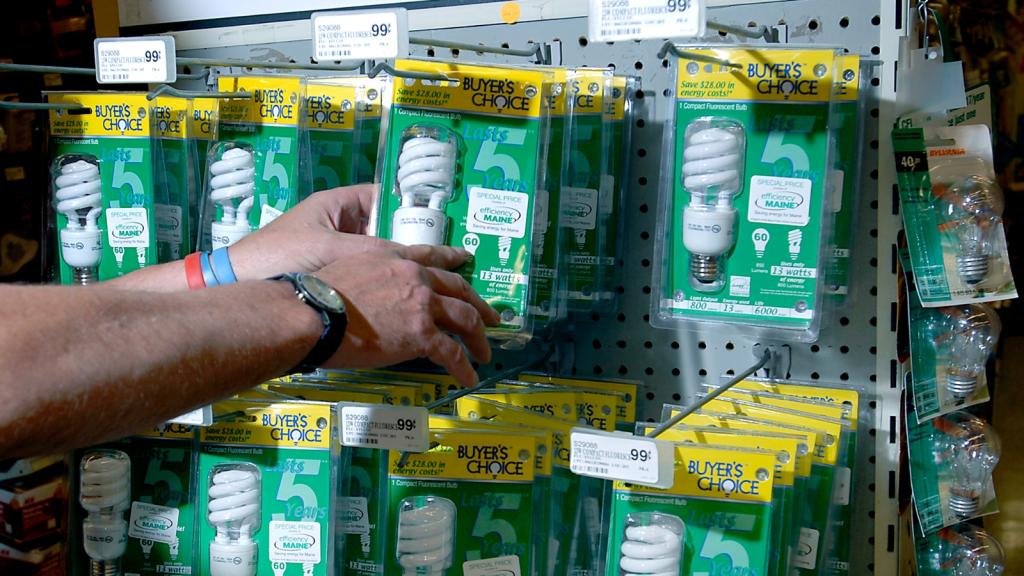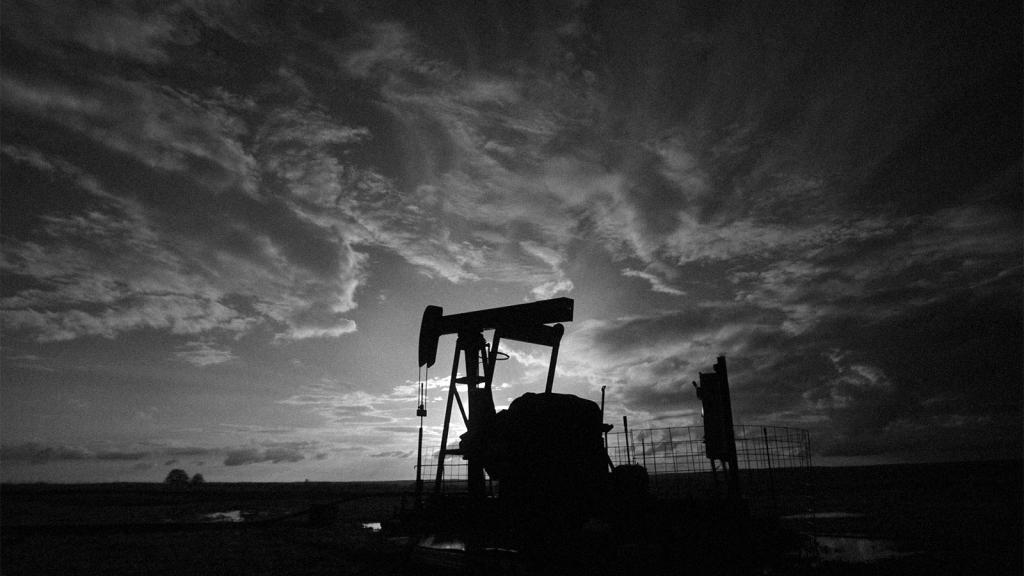This story was originally published by the Guardian and is reproduced here as part of the Climate Desk collaboration.
West Jefferson, Alabama, a somnolent town of around 420 people northwest of Birmingham, was an unlikely venue to seize the national imagination. Now, it has the misfortune to be forever associated with the “poop train.”
David Brasfield, a retired coal miner who has lived in West Jefferson for 45 years, thought at first the foul stench came from the carcass of a shot pig. By the time he realized that human feces was being transported from 1,000 miles away to a nearby landfill site, a scene of biblical pestilence was unfolding upon West Jefferson.
“The odor was unbearable, as were the flies and stink bugs,” said Brasfield, who sports a graying handlebar mustache and describes himself as a conservative Republican. “The flies were so bad that you couldn’t walk outside without being inundated by them. You’d be covered in all sorts of insects. People started getting headaches, they couldn’t breathe. You wouldn’t even go outside to put meat on the barbecue.”
The landfill, called Big Sky Environmental, sits on the fringes of West Jefferson and is permitted to accept waste from 48 U.S. states. It used a nearby rail spur to import sewage from New York and New Jersey. This epic fecal odyssey was completed by trucks which took on the waste and rumbled through West Jefferson — sometimes spilling dark liquid on sharp turns — to the landfill.
Outrage at this arrangement reached a crescendo in April last year when Jefferson County, of which West Jefferson is part, barred the landfill operator from using the rail spur. Malodorous train carriages began backing up near several neighbouring towns.
“Oh my goodness, it’s just a nightmare here,” said Heather Hall, mayor of Parrish, where the unwanted cargo squatted for two months. “It smells like rotting corpses, or carcasses. It smells like death.”
America’s dumping ground
Residents started hounding the phone lines of elected officials and showed up at public meetings with bags of dead flies. One man described the smell as similar to “25,000 people taking a dump around your house.” The growing national media attention eventually stung New York and New Jersey, which halted convoys of human waste to the site.
But while the distress lifted from West Jefferson, other communities across Alabama struggle forlornly in a miasma of nearby landfills. Alabama has gained a reputation as the dumping ground of the U.S., with toxic waste from across the country typically heaped near poor, rural communities, many with large African American populations.
Alabama has a total of 173 operational landfills, more than three times as many as New York, a state with a population four times greater but with just 54 dumps. California — three times larger than Alabama and containing eight people for every Alabamian — has just a handful more landfills than the southern state.
“You take a poor rural area, take advantage of the people and turn their farming land into a dumping ground so a few people can make a profit,” said Nelson Brooke, head of the Black River Riverkeeper organization. “Parts of our state have been turned into a toilet bowl and there isn’t the political spine to stop it.”
Many of the largest landfills are clustered in a region known as the Black Belt, a stretch of counties around Alabama’s midriff named initially for its fertile topsoil but latterly known for the tenant farmers and sharecroppers that helped form the basis of its large black population today.
The low land values and extreme poverty of the region make it a magnet for landfills, with waste hauled in from across the country for as little as $1 a ton. Acceptance of landfills is delegated to counties, causing potential conflicts of interest with local officials involved in waste disposal. Residents are often blindsided by the appearance of new dumps.
“A continual refrain for decades in Alabama is that politicians are selling out the people,” said Conner Bailey, an academic at Auburn University. “It’s a long tradition.”
Environmental injustice
A crucible of the civil rights movement — from the Selma-to-Montgomery march to the Rosa Parks-inspired bus boycotts to the Birmingham church bombing — Alabama’s racial disparity in pollution exposure has become only more stark.
A landfill near Emelle in Sumter county, where the neighbouring community is about 90 percent black and a third of people live in poverty, at one point accepted 40 percent of all hazardous waste disposed in the U.S. Anniston, Alabama, where half the residents are black, won a high-profile settlement from Monsanto after the dumping of so much PCBs, chemicals linked to cancers and liver damage, that a local creek turned red.
“There are still major problems in Alabama resulting from environmental injustice and there does not appear to be will on part of its government to reverse these problems,” said Ryke Longest, a law professor at Duke University.
“Alabama’s history with Jim Crow and preservation of segregation as well as suppressing voting rights made these problems worse by segregating communities and disenfranchising black Americans in their communities.”
Many homes near the sprawling Stone’s Throw landfill, east of Montgomery, are now abandoned. The landfill, which can accept 1,500 tons of construction debris, ash, asbestos, sludge, and other material each day, is located in the Ashurst Bar/Smith community, which is around three-quarters African American.
“It’s almost unbearable to live there, even three miles away my eyes burn and I get nauseous,” said Phyllis Gosa, now retired and living in Selma but still visits family who have owned property in the community since the end of slavery. “It’s our heritage; we are losing who we are. When it comes to people of color, we are still three-fifths of a human being. The 14th amendment doesn’t apply to us. That’s who Alabama is, that’s its legacy.”
Ron Smith, a neighbor and pastor, said there is pressure on black families to sell devalued land to the expanding landfill. He grows blueberries in his back yard but is uncertain if he should eat them. “Our government picked an area where people couldn’t defend themselves,” he said. “This is the perfect area.”
Unlike the 1960s civil rights push, there has been no federal savior. In April 2017, a group of residents claimed that Alabama’s tolerance of the Stone’s Throw landfill had caused chronic illnesses such as asthma and cancer, pungent smells and water pollution, thereby breaching the Civil Rights Act’s prohibition of race-based discrimination.
In December, the U.S. Environmental Protection Agency (EPA) decided there was “insufficient evidence” for the complaint despite finding that the Alabama Department of Environmental Management (ADEM) hadn’t properly enforced a requirement that six inches of covering soil be placed upon landfill waste every day. ADEM wrote to the landfill, also in December, scolding it for excessive discharges of copper, oil, grease and “suspended solids” between 2016 and 2018.
However, while the EPA found “a preponderance of the evidence that a lack of enforcement did result in adverse impacts,” other, white-majority, communities also live under this inadequate regime, meaning the blight couldn’t be defined as racist.
The finding follows a familiar pattern by the EPA: The agency’s civil rights office went 22 years without deciding that discrimination laws were broken, despite hundreds of complaints.
‘Trapped’
More than 40 black residents have now turned to the courts, suing Advanced Disposal Services, which operates Stone’s Throw, and two water utilities for allowing heavy metals, E. coli and a cocktail of harmful chemicals to leach into the water supply and, they claim, cause their abdominal cancers.
“Alabama seems to have an inordinate number of these big landfills that have created a variety of problems,” said Ted Mann, the attorney representing the residents. Mann, an Alabamian Democrat who has an abstract painting of Abraham Lincoln in his Birmingham office, said his clients feel “trapped.”
“ADEM doesn’t do much of anything,” he said. “Underfunded, understaffed and woefully and inadequately involved in the environmental issues in our state.”
The crossover between pollution and racism “is hard to not see,” Mann said. “If you see it and you ignore it, it’s because you just want to ignore it.”
Other communities aren’t able to muster legal recourse. Uniontown, half an hour west of the civil rights touchstone of Selma, is a place where 9 out of 10 residents are black and the median household income is $14,000 a year. Uniontown’s roads are derelict, the only grocery store closed last year and its elementary school can only afford to educate children up to grade three.
Uniontown is also home to the Arrowhead landfill, an artificial green mountain twice the size of New York’s Central Park that looms over the tumbledown town. It can accept up to 15,000 tons of waste a day, from 33 states. In 2012, ADEM allowed Arrowhead to expand in size by two-thirds.
A group of residents have spent the past decade complaining about a smell similar to rotten eggs coming from the landfill, as well as the site’s coal ash for causing an array of health problems, such as sore throats and nosebleeds (Arrowhead said that no coal ash has been delivered to the landfill since 2010).
The landfill is a “huge hill in the midst of the community,” said Esther Calhoun, who has lived in Uniontown most of her life. “That smell … it makes you want to vomit. The pecan trees, they don’t bear any more. Even the garden that I had, we don’t use it any more.”
But in March last year, a few months before its similar Civil Rights Act decision over Stone’s Throw, the EPA ruled that Uniontown has not been subjected to “a prima facie case of discrimination.”
This knockback has shrouded Uniontown in fatalistic hopelessness, according to local activists. “They are trying to break our spirit,” said Ben Eaton, a retired teacher who speaks in a rumbling baritone and moves around with the aid of a walker. Eaton, now a county commissioner, had just come from a meeting where Arrowhead was asked to pay some fees up front so the county could afford an ambulance service.
“It’s a sort of learned helplessness,” he said. “People are hanging on by a thread right now. Well, my folks have always taught me to go down fighting, even if you go down.”
Mike Smith, an attorney for Arrowhead, said neither ADEM nor the EPA have ever found excessive odor, air pollution, or water contamination. “The residents you may have spoken to have been offered multiple opportunities, both formal and informal, to present any evidence of pollution and have failed to do so,” he said.
Smith added that the Uniontown community and surrounding Perry County “benefit substantially” from jobs and “host fee” payments provided by Arrowhead, with the landfill also sponsoring school supplies for the past decade.
ADEM insists it has environmental justice top of mind in its regulatory activities, with a spokeswoman stating the agency went “above and beyond” its legal requirements when consulting with residents living in West Jefferson, Uniontown, and Ashurst Bar/Smith.
“The department is confident that it has the resources and statutory authorization to properly regulate and monitor landfills in Alabama to ensure the protection of human health and the environment,” the spokesperson added.
‘We’re not a dump’
But even in West Jefferson, where the “poop train” was defeated, there is little hope of a lasting resolution in the tensions between the desire to generate income and community concern over quality of life.
In July, ADEM handed the Big Sky Environmental landfill a five-year extension to its permit. ADEM has also proposed changing the rules so that permits last for 10 rather than five years and has rescinded its environmental discrimination procedures, claiming its existing complaints process is sufficient.
“Let every state take care of their own trash but don’t bring it to Alabama,” said David Brasfield, the retired miner. “We just don’t need it. We’re better than that. We’re not a dump.
“But it will happen again if we let it. We cannot forget it and put it out of our minds. This is my home and I plan on defending it.”



